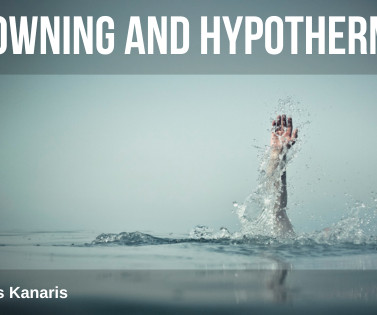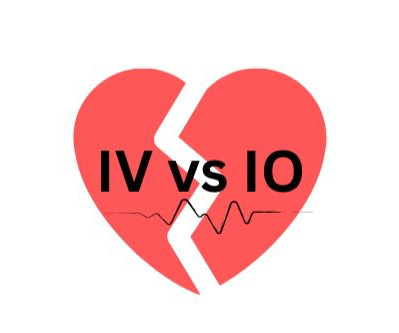SGEM#189: Bring Me To Life in OHCA
The Skeptics' Guide to EM
SEPTEMBER 23, 2017
Prehospital advanced cardiac life support for out-of-hospital cardiac arrest: a cohort study. He is also the CME editor for Academic Emergency Medicine and the associate editor for emergency medicine simulation at the […] The post SGEM#189: Bring Me To Life in OHCA first appeared on The Skeptics Guide to Emergency Medicine.














Let's personalize your content